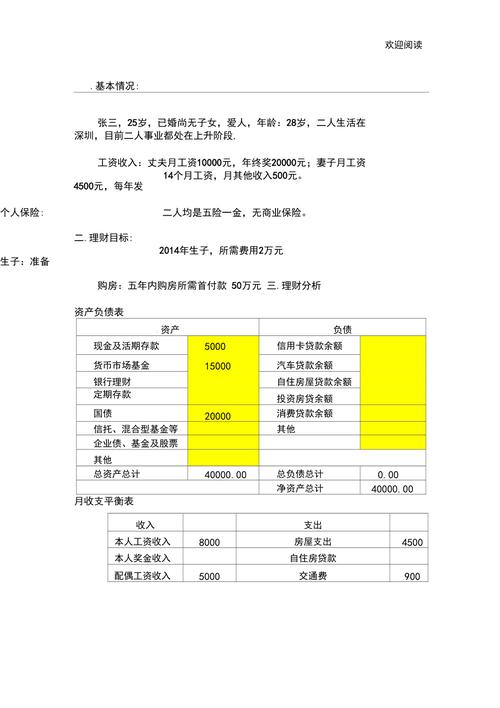Title: Implementing a Financial Planning Strategy
Introduction:
Implementing a comprehensive financial planning strategy is crucial for individuals and businesses alike. A wellexecuted financial plan can help individuals achieve their financial goals, maximize their wealth, and ensure overall financial security. This article will provide an overview of the key steps involved in implementing a successful financial planning strategy, including setting goals, creating a budget, managing investments, and monitoring progress.
1. Setting Clear Financial Goals:
The first step in implementing a financial planning strategy is to set clear, realistic, and measurable financial goals. These goals can include shortterm objectives, such as paying off debt or saving for a vacation, as well as longterm goals like retirement planning or purchasing a house. Setting goals provides a clear direction for the financial plan and helps in prioritizing actions.
2. Creating a Budget:
Once the financial goals are defined, the next step is to create a budget. A budget helps in managing income and expenses and ensures that spending aligns with financial goals. Start by tracking all sources of income and listing essential expenses like housing, utilities, and transportation. Allocate a portion of income towards savings and investments. Review and adjust the budget regularly to accommodate any changes in income or expenses.
3. Managing Debt:
Debt management is a critical aspect of any financial planning strategy. Prioritize paying off highinterest debts, such as credit card debt or personal loans, as they can significantly impact overall financial wellbeing. Develop a debt repayment plan by allocating extra funds towards paying down debts systematically. Consider consolidating highinterest debts into a single lowinterest loan, if feasible.
4. Building an Emergency Fund:
An emergency fund is essential to handle unforeseen expenses or income disruptions. Aim to save at least three to six months' worth of living expenses in an easily accessible account. This fund provides a safety net and prevents the need for borrowing or dipping into longterm investments during emergencies.
5. Managing Investments:
Investments play a crucial role in longterm wealth accumulation. Diversify investments across different asset classes to minimize risks and maximize returns. Consult with a financial advisor to evaluate investment options based on risk tolerance, financial goals, and time horizon. Regularly review and adjust investment portfolios based on changing market conditions and personal circumstances.
6. Insurance and Estate Planning:
Evaluate insurance needs to protect against unforeseen events such as illness, disability, or accidents. Life insurance can provide financial security for dependents. Additionally, consider estate planning to ensure assets are transferred smoothly to intended beneficiaries and to minimize tax liabilities upon death.

7. Monitoring and Review:
Implementing a financial plan is not a onetime task; it requires ongoing monitoring and review. Regularly assess progress towards financial goals, track expenses, and review investment performance. Adjust the plan as needed to accommodate changes in financial circumstances or goals.
Conclusion:
Implementing a financial planning strategy is a vital step towards achieving financial security and longterm prosperity. By setting clear goals, creating a budget, managing debt, building an emergency fund, investing wisely, and monitoring progress, individuals can take control of their financial future. Remember, seeking guidance from a qualified financial advisor can provide invaluable assistance in developing and implementing an effective financial plan tailored to individual needs.
